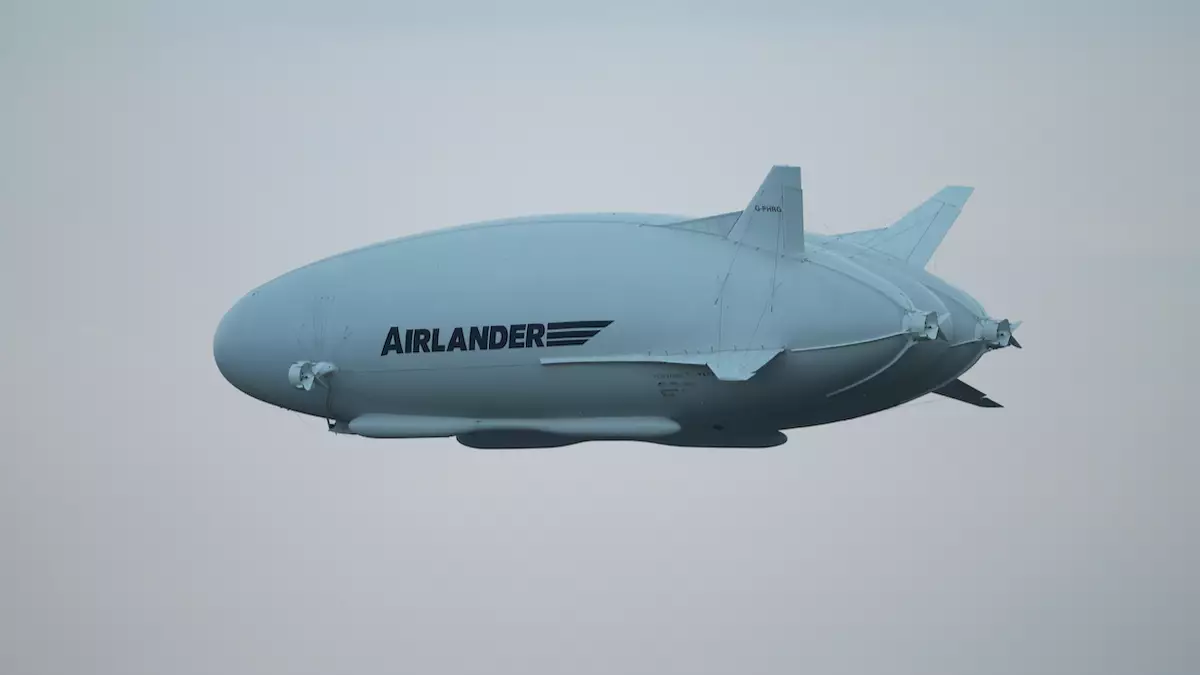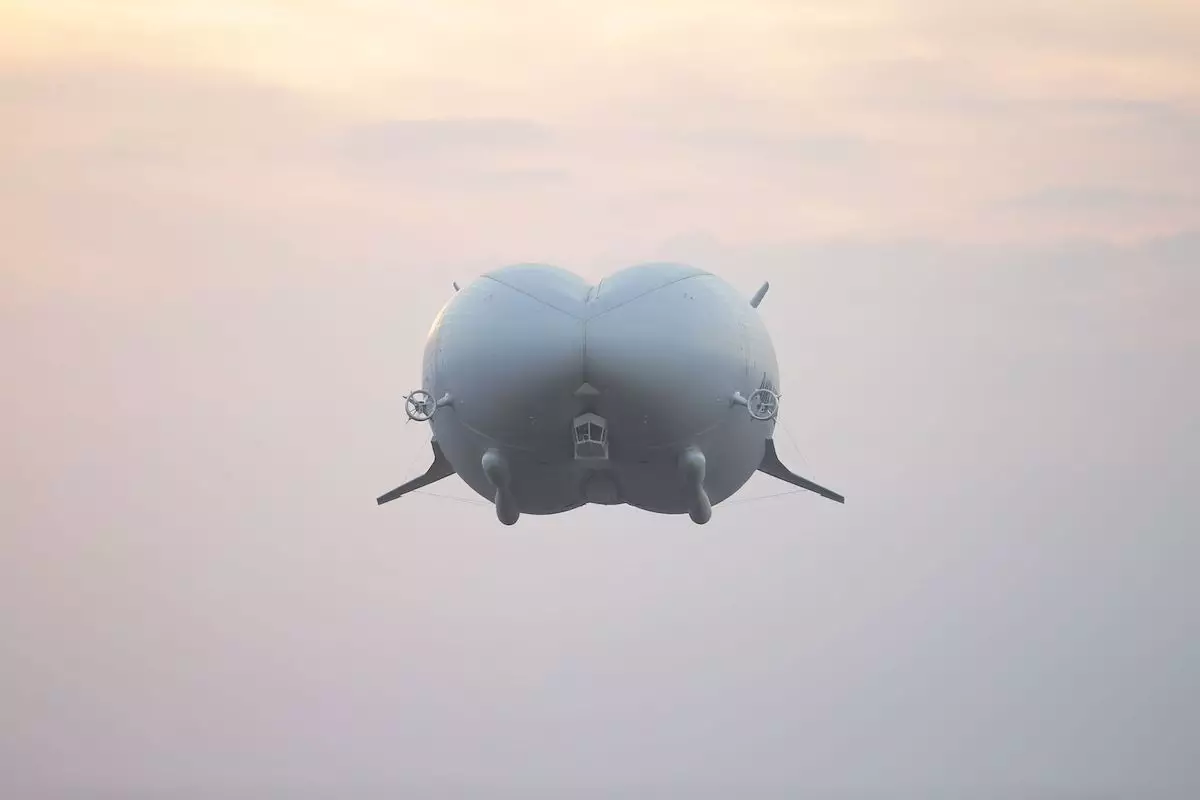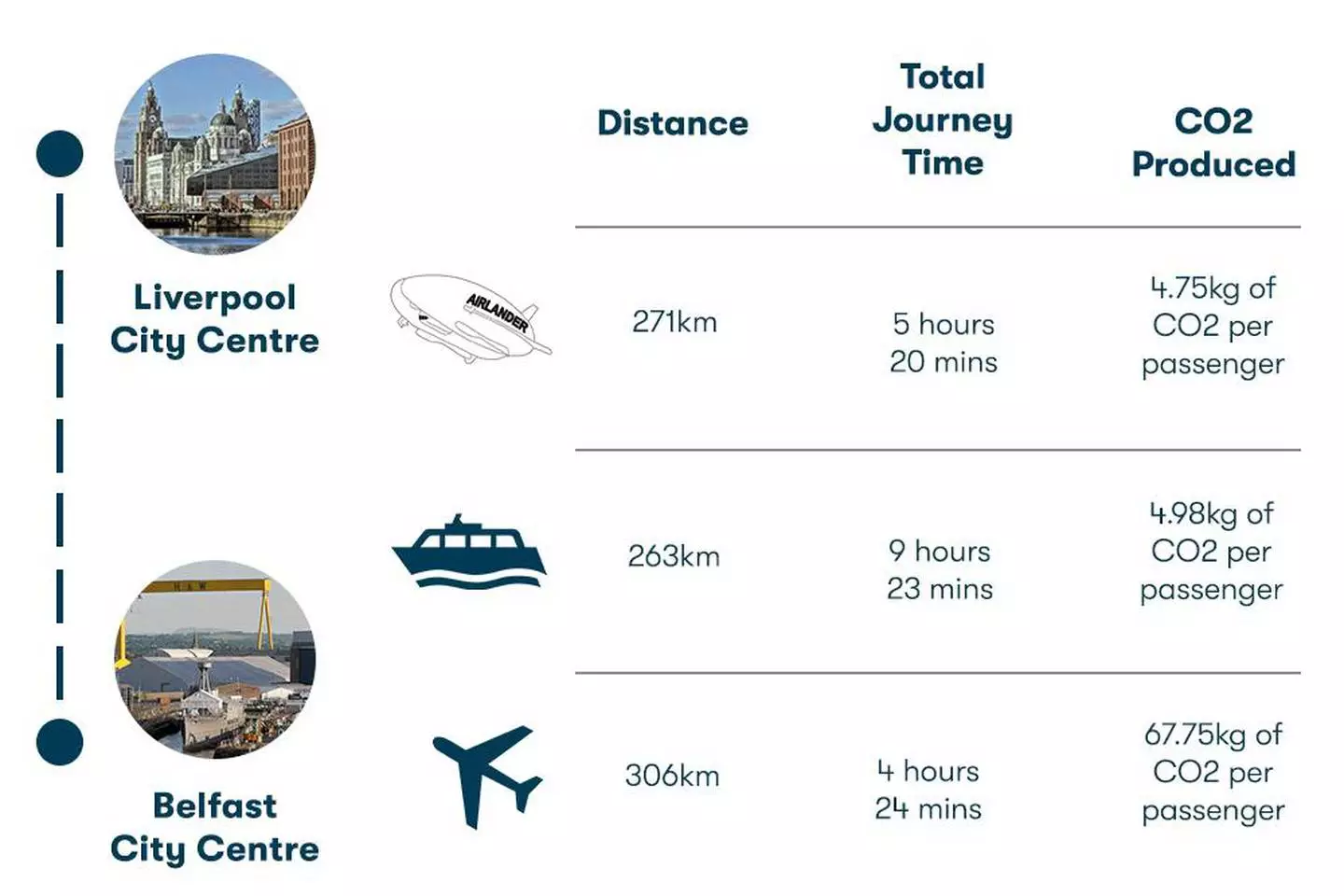
The eco-friendly Airlander 10 - currently the world's longest aircraft - aims to start rolling out flights by 2025 and could slash its CO2 emissions by up to 90 percent compared with traditional aircraft in similar roles.
Hybrid Air Vehicles (HAV) is the English company that makes the new aircraft, which is a 100-passenger airship that runs on helium and electricity.
Incredibly, it can be airborne for five days straight and can hit speeds up to 130 kilometres per hour.
Advert
It's, of course, nicknamed 'The Flying Bum' by the internet because... well... it looks like an a***.

The HAV website says: "We are currently developing electric motors with the goal to deliver a hybrid-electric Airlander 10 from 2025.
"This will provide a 90 percent reduction on emissions over other aircraft in mobility and logistics applications while offering operational flexibility in service.
Advert
"In time, all four of Airlander 10's engines will be electric. This will give future customers the option for a zero-emissions aircraft, in service by 2030."
HAV says it wants to improve the passenger experience and claims the new aircraft will be much quieter than a typical plane.

It added: "We often talk about the improved passenger experience that Airlander will offer, from the floor-to-ceiling windows to the extra legroom at economy prices.
Advert
"The low noise level also contributes to a much more enjoyable experience.
"There are a number of reasons why the Airlander cabin is significantly quieter than the cabin of a traditional passenger jet or turboprop.
"The constant hum of the mechanical and aerodynamic noises of the turbine engines on aeroplanes are significant contributors to cabin noise.
"Airlander uses either piston engines or electric motors, which will produce almost no engine noise.
Advert
"For Airlander, the engines are mounted on the hull far away from the cabin so that very little engine noise reaches the cabin.
"Another benefit is that the two rear engines may be turned off during cruise flight, once the aircraft has climbed, reducing noise further."

David Burns, Airlander's chief test pilot, added: "The engines on Airlander are virtually inaudible for those travelling in the passenger cabin.
Advert
"The helium lifting gas compartment overhead is a very poor transmitter of sound and so, with the engines located up on the equator of the envelope and a long way away, the is no route for the sound to pass to the cabin.
"And with two engines shut down for most of the flight, passengers can relax in a cabin without the roar or buzz or vibration that may be encountered on other flights."
Featured Image Credit: PATopics: UK